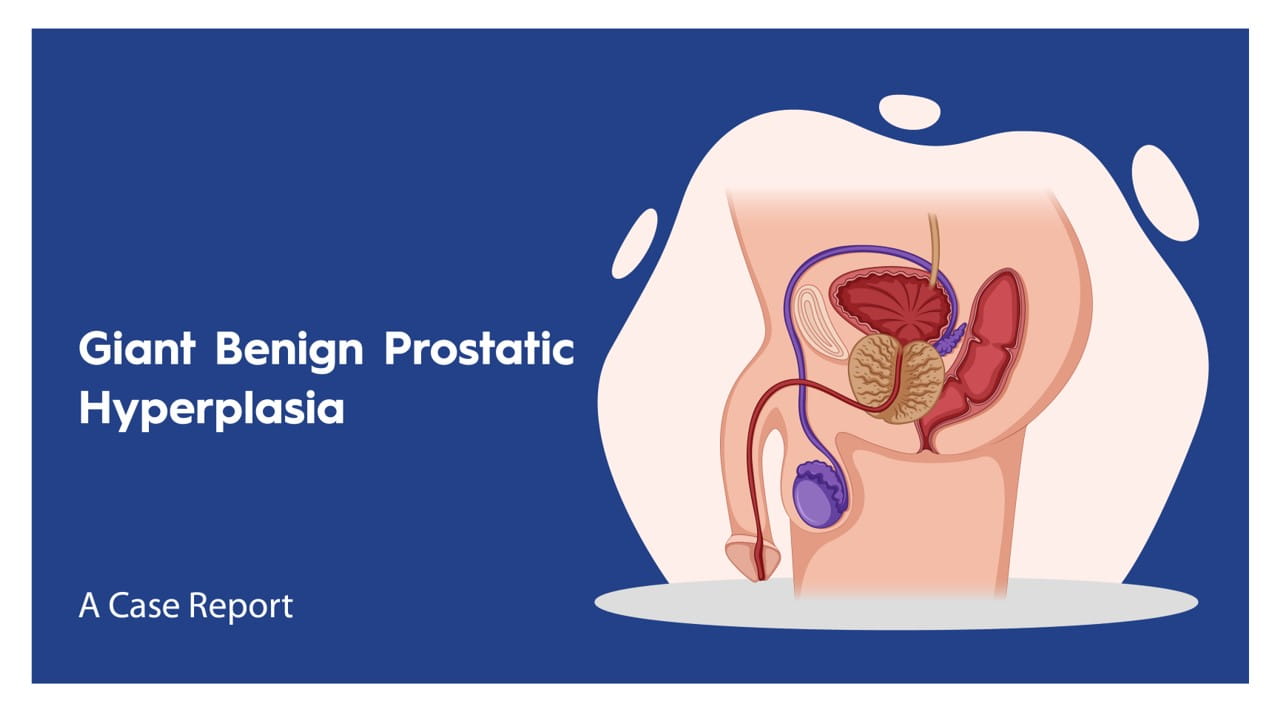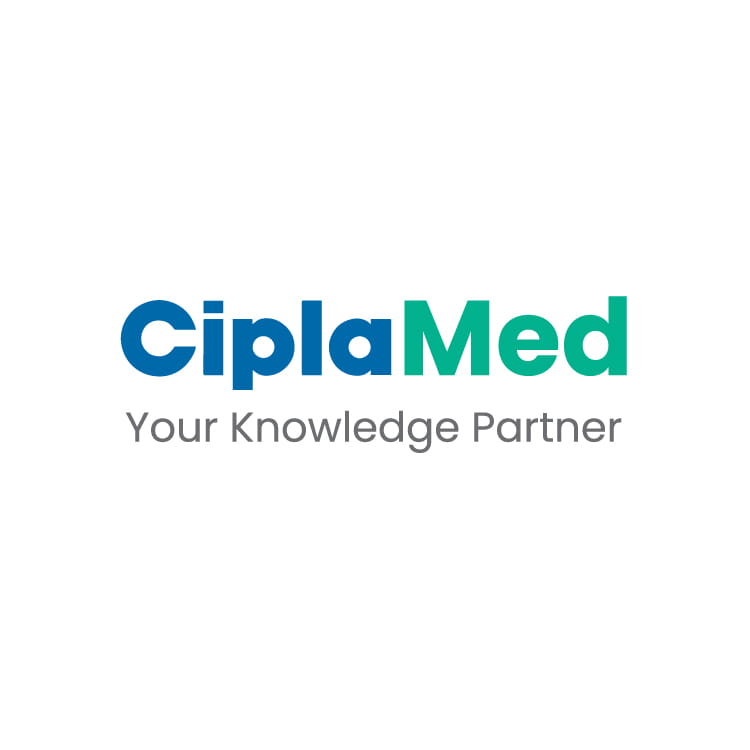Speaker: Dr. Rohit Joshi, India
Important Takeaways
-
Endoscopic Enucleation as Emerging Gold Standard: Endoscopic enucleation, such as HoLEP and ThuFLEP, is now recognised globally for treating BPH, showing size-independent efficacy and recommended for medically complicated cases.
-
Advantages of En Bloc Enucleation Technique: The en bloc technique improves safety by reducing risks of sphincter injury, capsular perforation, and residual adenoma while streamlining the enucleation process.
-
Reduced Complications with Updated Equipment: Miniaturised equipment, such as the 22 Fr sheath, reduces urethral stricture risks, and refined techniques have lowered rates of stress urinary incontinence (SUI) to 0.4% at three months.
-
Laser Selection – Holmium vs Thulium: Holmium acts as a precise “butter knife” ideal for maintaining a plane, while Thulium offers more aggressive cutting capabilities with a shorter learning curve but risks residual adenoma.
-
Clinical Flexibility and Patient-Centred Approach: Despite technological advances, clinical skill remains crucial; selecting the optimal procedure requires balancing patient needs, surgeon skill, and available resources.
Key Highlights
Evolution of BPH Treatment Techniques:
Dr. Joshi traced the evolution of BPH management from open prostatectomy to endoscopic techniques, noting that endoscopic enucleation of the prostate (EEP) closely mimics open prostatectomy’s anatomical adenoma removal, offering both size-independent results and symptom relief. Unlike TURP, which falls short in complete adenoma removal, endoscopic enucleation has established itself in international guidelines as a flexible and effective option, even for large prostates and complex cases.
HoLEP and ThuFLEP as the New Standards:
Endoscopic enucleation using Holmium (HoLEP) and Thulium (ThuFLEP) lasers is emerging as a universally accepted gold standard, with neither technique restricted by prostate size. However, adoption barriers persist due to high equipment costs, a steep learning curve, and initial concerns about potential complications.
Challenges in Adoption: Cost, Complexity, and Complications:
The session highlighted three key challenges in broader adoption of HoLEP and ThuFLEP: the high cost of laser equipment, the steep learning curve, and fear of complications. Newer laser models have somewhat mitigated cost barriers, and technique modifications are helping streamline training for newcomers, addressing complexity issues.
En Bloc Enucleation Technique:
Dr. Joshi described the en bloc enucleation method, where a single incision at 6 o’clock initiates the procedure, simplifying plane identification and reducing risks of capsular perforation, sphincter injury, and residual adenoma. This technique preserves the capsular plane circumferentially, allowing the prostate to be removed as a single mass, closely replicating the results of open prostatectomy.
HoLEP vs. ThuFLEP: Comparative Efficacy and Technique:
Holmium and Thulium lasers have distinct operational characteristics. Holmium, known for its precision in a defined plane, is often compared to a “butter knife,” ideal for consistent enucleation with minimal risk of excessive cutting. Thulium, on the other hand, acts as a “cutting knife,” enabling faster enucleation with a shorter learning curve. However, the aggressive cutting of ThuFLEP can increase the likelihood of residual adenoma, necessitating a careful, skilled approach to avoid incomplete resections.
Advantages and Improved Outcomes of Enucleation:
Outcomes of HoLEP and ThuFLEP have shown significant patient benefits, including shorter catheter times, reduced hospital stays, minimal bleeding, and quick recovery periods. Enucleation techniques yield a well-defined post-operative cavity, with clear urine flow on ultrasonography and enhanced urinary flow metrics, fulfilling both patient expectations and clinical objectives.
Complication Management and Equipment Innovations:
Three primary complications—urethral stricture, SUI, and retrograde ejaculation—have been addressed through equipment upgrades and refined techniques. For instance, the adoption of smaller, 22 Fr sheaths has reduced stricture risks. Early apical release methods have decreased SUI rates to approximately 0.4% at three months post-procedure. Although retrograde ejaculation remains a common side effect, Dr. Joshi mentioned collicular preservation techniques that offer a potential for ejaculatory preservation in around 70% of cases.
Conclusion: Selecting the Right Tool:
Dr. Joshi concluded with the assertion that while technological advances will continue, the ultimate success in enucleation lies in the surgeon's expertise. Holmium and Thulium lasers both provide effective BPH management; however, choosing the right method requires aligning patient needs with the surgeon’s skill set and equipment availability. He advised clinicians to base their decision on the best combination of resources, patient considerations, and procedural familiarity.
Société Internationale d'Urologie Congress, 23-26 October 2024, New Delhi, India.



